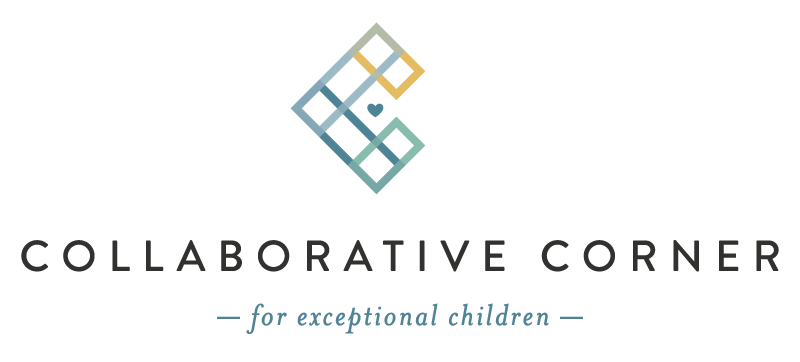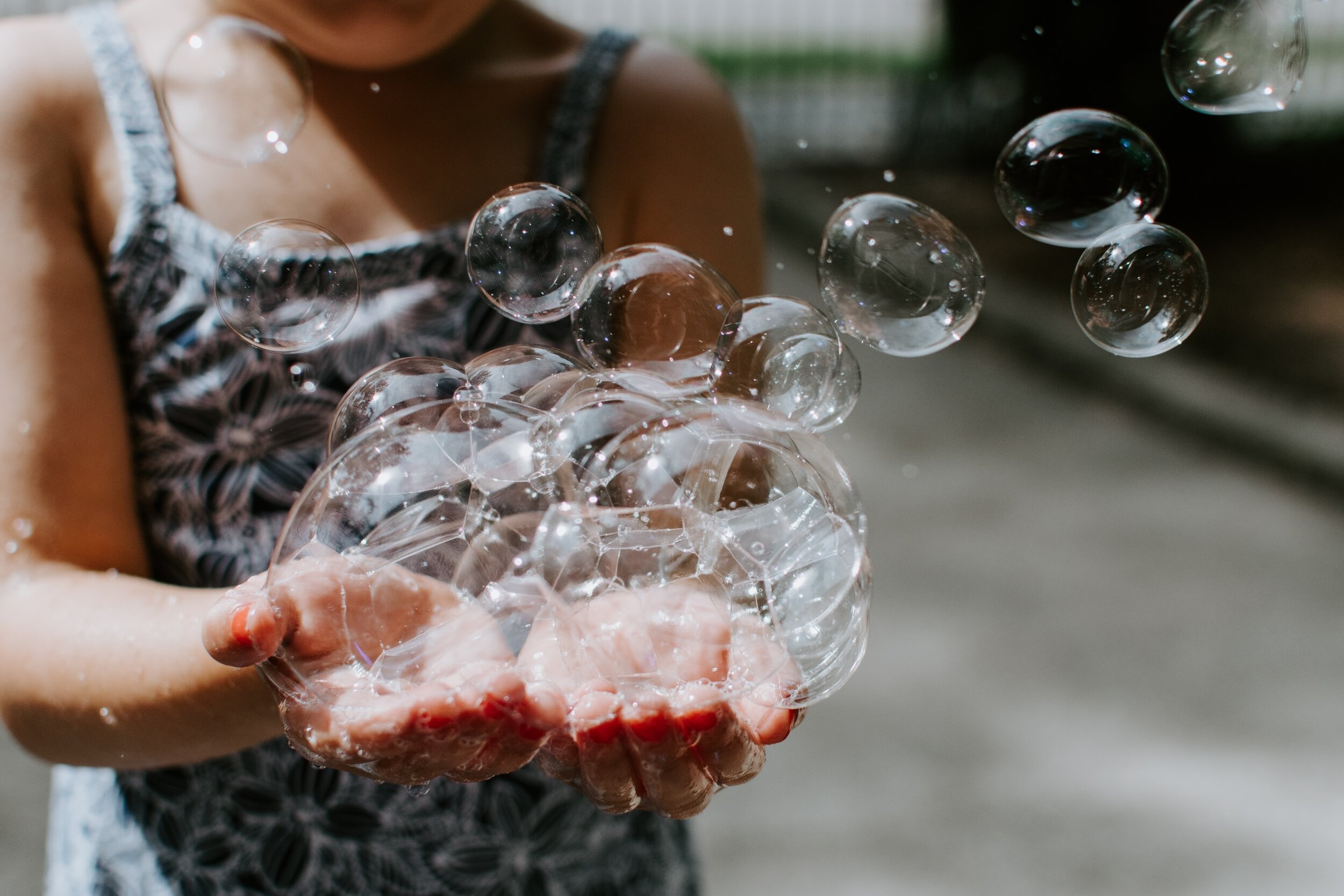Let's Talk About Bubbles
One of the very best toys that you can use with your child is bubbles. That’s right, bubbles! Take a moment and think about the last time you went to Disney World and there was a man in the middle of Main Street, USA blowing bubbles. He immediately captured the attention of every child and almost every adult who walked in his path.
Why are bubbles so captivating? They actually teach children a variety of science concepts including elasticity, surface tension, chemistry, light, and geometry. Each bubble is unique and keeps children eagerly anticipating the next round of bubbles as they do not know what to expect next.
Here are some fun ways to build developmental skills with a bubble wand:
Encourage your child to open the bubbles. This involves a term called bilateral coordination or using the two hands together.
Teach your child how to take turns by alternating between blowing and popping bubbles. This is a great way for siblings to play together and to teach a key concept such as waiting.
Pour some bubble liquid into a sealed Ziploc bag and add different food coloring. Your child could then draw different shapes on the front and feel how the liquid can move all around.
Build eye contact and social communication skills by waiting for your child to look at you, use sign language, or verbally request for more bubbles before blowing more towards your child to pop.
Blow a few bubbles towards your child and then hand them the bubble wand. Ask them to catch as many bubbles as they can. This is a fun way to build motor planning and hand-eye coordination skills.
Increase hand skills by asking your child to use different fingers (one at a time) to pop bubbles. First start with the pointer finger, and then see if they can try with the pinky.
Enhance the muscles of the mouth by having your child blow bubbles. Ask your child to make big or small bubbles to target specific skills.
Use the bubbles as part of an obstacle course to build coordination. After your child does an animal walk or maybe hops on one foot, allow them to pop or blow some bubbles.
Don’t be afraid to use bubbles for more than just popping as there are lots of different ways that one small, simple tool can build a variety of important developmental milestones for your child.
For any other questions, please feel free to reach out via email at alysha@collaborativecorner.org.
Alysha Stoner, OTR/L
Occupational Therapist
alysha@collaborativecorner.org

